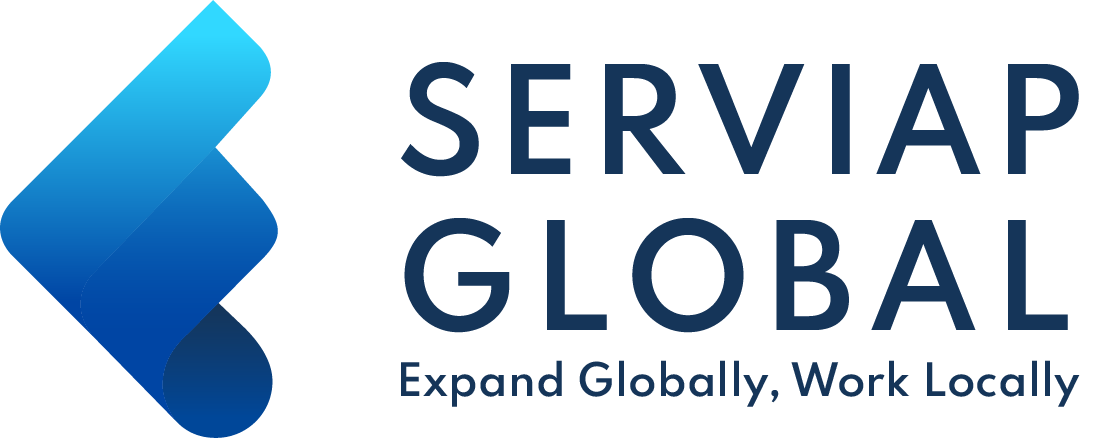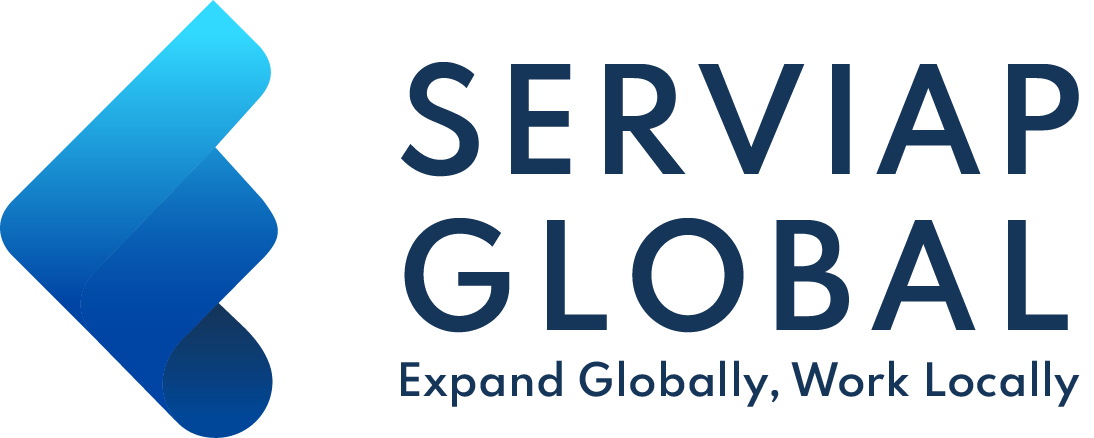Table of Contents
0
(0)
Hiring and managing your global talent is one of the most challenging aspects when expanding internationally. Since your human capital is the essence of your company, it is important to maintain high levels of communication, productivity, competitiveness, and motivation within your remote teams to achieve your company’s goals and continue growing.
Here, we will show you the best strategies to effectively manage your remote workers while building a stronger labor relationship with your global team.
1. Build your Ideal Global Team
Telecommuting is quickly becoming the future of communication in the workplace. According to recent reports, it is projected that 73% of all company’s teams will have remote employees by 2028. For this reason, you must find qualified candidates who can quickly adapt to this working model as well as other technologies and who share the same values as your company. In this case, you can hire your global talent through an International PEO expert who will directly assist you with the different HR processes in your business, such as:- Interviewing and hiring candidates, depending on your company’s values and job profile.
- Providing employment contracts that comply with local labor regulations.
- Assuring the onboarding process of your talent.
- Giving you online access (24/7) to your worker’s essential information through HR management software like Nyrhcloud.
2. Define Clear Expectations
Apart from communicating your company’s values and mission, remote workers also need to know what you expect from them. By setting up guidelines and parameters, they can have a clear idea of what they must do to meet the company’s goals ―always aligned with your organizational culture. You must set clear objectives for your global workforce, defining indeed timelines and deadlines to accomplish daily and weekly tasks. In this way, you are helping them to stay focus on their assignments and, at the same time, giving them the freedom to manage their working hours according to their duties.3. Measure their Performance
As you need to stay updated with your remote workers’ progress, it is important to track and measure their performance through management tools, such as Trello, Asana, LiquidPlanner, Basecamp, among others. With these collaborative tools, you can manage your teams’ projects as well as getting real-time statistics about their productivity. Also, you can have access to important files and other relevant information about your company. Even more, if one of your remote workers is experiencing some issues with the job, you can use some sharing tools like TeamViewer, which allows controlling the computer of your team members remotely. In this way, you can assist them with their tasks or even helping them with IT issues.4. Foster Virtual Interaction with the Right Tools
Communication is the key element for building strong labor relationships, but as you cannot talk with them in-person, you will have to choose the right digital tools. When it comes to face-to-face interaction, video conferencing software like Microsoft Teams, Zoom, Hangouts, among others, are ideal for talking with one another to exchange ideas or even provide them feedback. There are other types of digital communication that work, depending on your business needs. For example, emails and chat platforms like Slack are perfect for maintaining a regular interaction and in real-time. However, it is important to consider the different time zones when communicating with your global workforce. By holding regular virtual meetings with your remote workers, the sense of belonging will increase as they feel deeply engaged with the company’s goals and growth.How useful was this post?
Click on a star to rate it!
Average rating 0 / 5. Vote count: 0
No votes so far! Be the first to rate this post.
We are sorry that this post was not useful for you!
Let us improve this post!
Tell us how we can improve this post?










